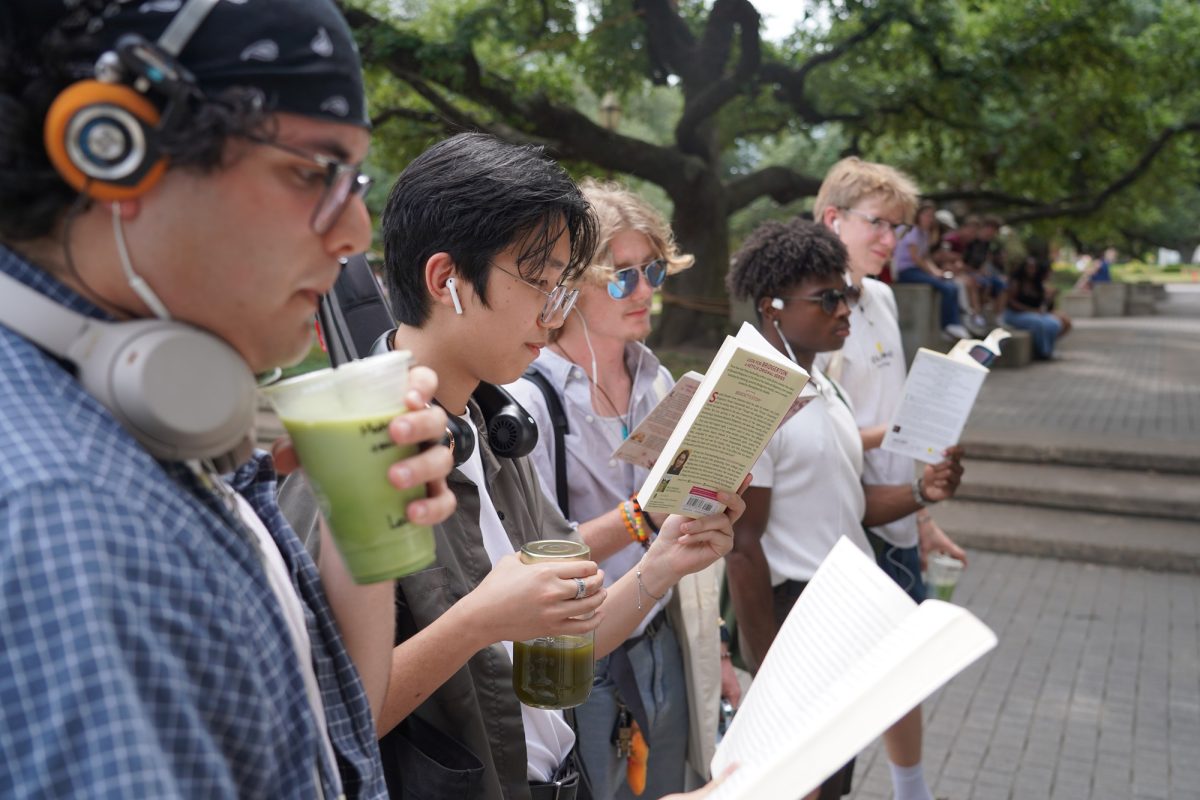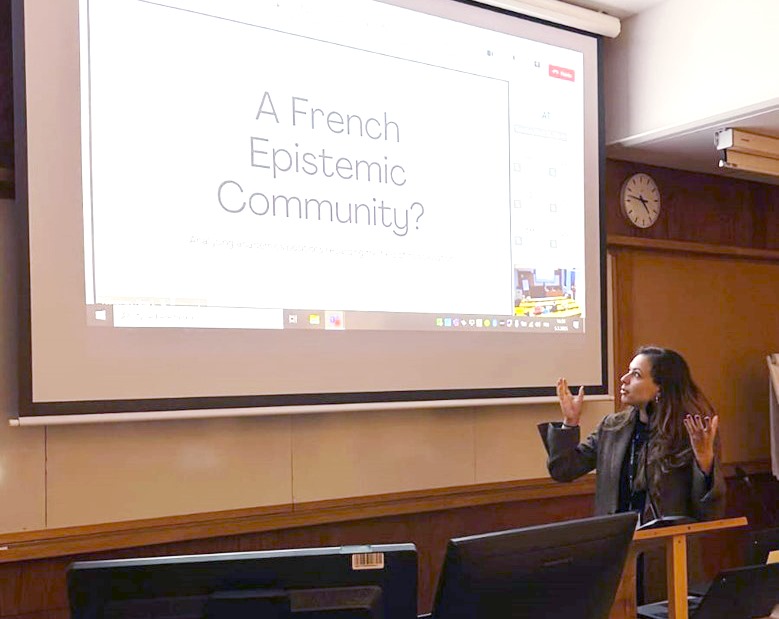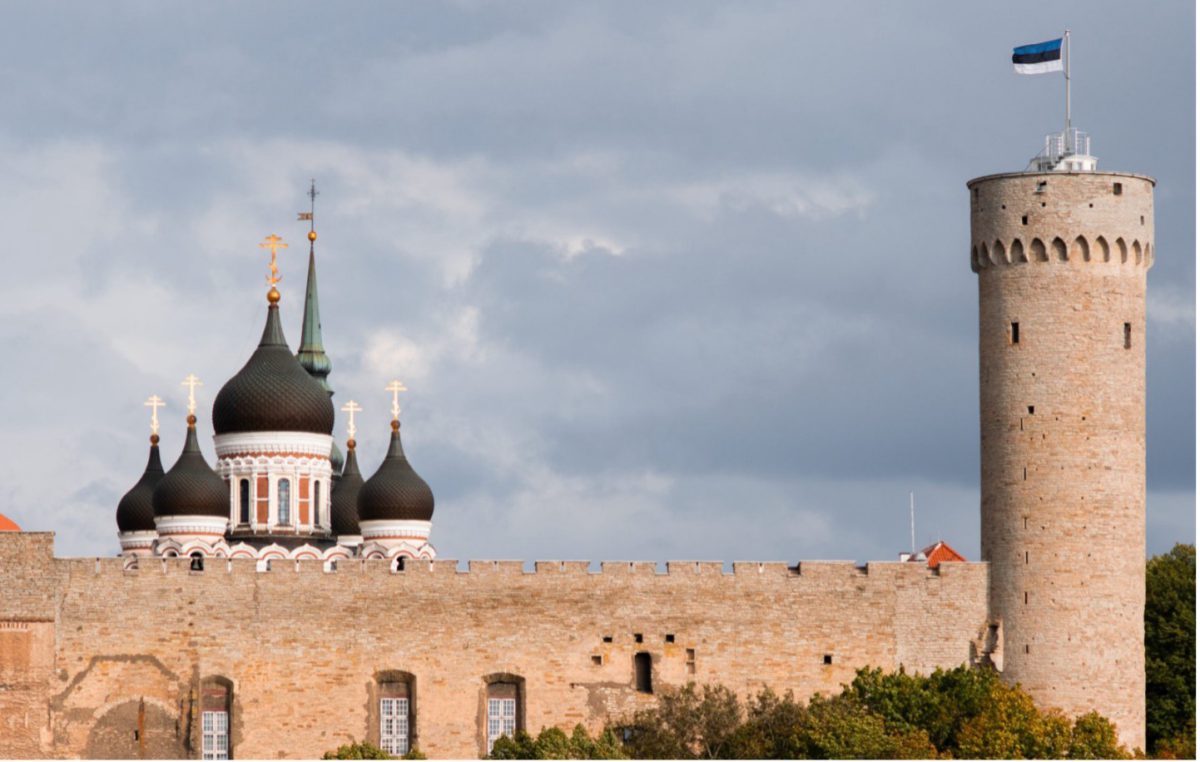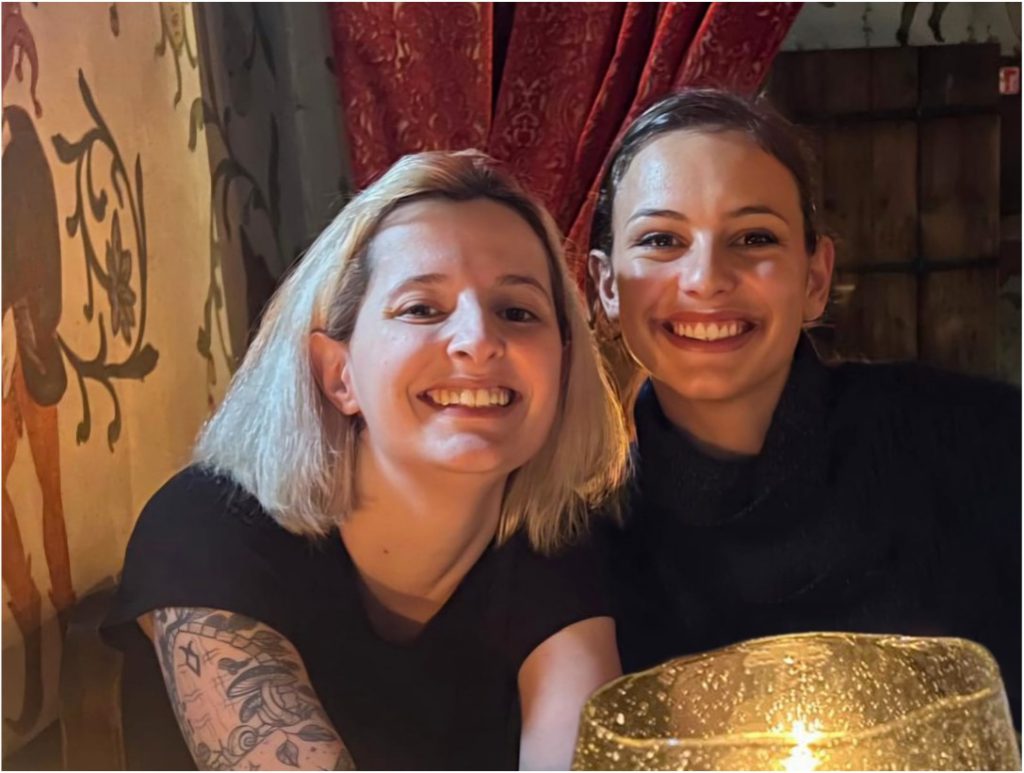Understanding the “Performative Male” Phenomenon
Over the past year, a new archetype has emerged on social media — the “performative male.” While the “incel” (involuntary celibate) movement has been widely discussed, the performative male points to a different but related dynamic: men who adopt outwardly progressive, feminist-coded behaviors, not necessarily out of conviction, but in order to prove they aren’t a “threat” — often in the hopes of appealing to women. They tote reusable bags, order matcha lattes, read feminist authors, and curate their public appearance to signal allyship. Yet critics argue that this isn’t genuine political engagement. Instead, it’s a performance: a way to date or win approval, rather than deeply internalize feminist values.
At its core, the accusation is that these men are “too much”: too feminist, too sensitive, too socially aware — and that their performativity makes them suspicious. This raises a profound question: does adopting progressive behaviors really demonstrate a rejection of patriarchy, or is it simply a strategy to maintain traditional gender power dynamics under a new guise?
Patriarchy, Performance, and the Gender Divide
This discourse touches on much deeper issues: how men and women perceive patriarchy differently, and how gender identities are renegotiated in contemporary society.
Some women see these “performative males” as inauthentic — as if it’s unthinkable that a man could genuinely believe patriarchy harms everyone, not just women. Why would he read Bell Hooks, or carry a tote bag? Public displays of feminism are sometimes dismissed as romantic or performative rather than principled.
On the other hand, if we take the critique at face value, it points to an exhausting level of labor: how much effort would someone need to expend to “act” like a perfect ally? If the goal is just to date, how sincere can the political alignment be? And if all that work is successful, what prevents the ideas themselves from influencing him? How stable is that performativity when it’s grounded in attraction rather than conviction?
What Science Says: Performative Masculinity Through an Academic Lens
From a social-scientific perspective, the concept of performative masculinity is well established. Susan L. Pitt and Christopher A. Fox argue that masculinity is not a fixed trait but a performance shaped by social interactions and structures, drawing on Bourdieu’s notion of habitus (the ingrained habits and dispositions shaped by one’s social context), West and Zimmerman’s “doing gender,” and Judith Butler’s theory of gender performativity.
Chris Brickell offers a sociological reappraisal of performativity, cautioning that Butler’s original framing can obscure issues of agency and social change — in other words, while gender is performed, that doesn’t mean individuals are powerless or purely scripted by norms.
Empirical studies also support how men internalize and negotiate this performance in real-world settings. For instance, a meta-ethnography of male nurses (a profession stereotypically associated with femininity) found that men adopt “soft masculinity” at work — a form of masculinity that embraces caregiving and emotional labor while still negotiating traditional masculine ideals like strength or authority.
Moreover, rigid, traditional masculinity norms have been shown to negatively affect men’s mental health: a recent systematic review concluded that such norms discourage help-seeking, making men more vulnerable to issues like depression or emotional isolation.
These academic frameworks suggest that what might look like “just a trend” (performative male behaviors) is actually grounded in deeply embedded social structures. The performance is not superficial alone — it both reflects and reinforces broader norms about what it means to be a “good man” in a changing world.
A Risk to Social Cohesion — or an Opportunity?
While it’s tempting to dismiss the “performative male” trend as a meme or a niche cultural joke, it may also be symptomatic of a deeper gender and political rift. In many societies, younger men are gravitating toward far-right politics, while younger women are increasingly aligning with progressive movements. This ideological polarization isn’t only about dating — it may reflect a broader disconnection between genders.
In extreme cases — such as with the incel community — some men feel alienated and misunderstood. Rather than seeing patriarchy as something that hurts men too (through rigid emotional norms, social isolation, mental health crises, or violence), they may react with aggression or withdrawal. In contrast, “performative males” might represent another response: rather than rebelling outwardly, they try to soften into a new social persona, perhaps hoping to be accepted or loved.
The tension here is political, relational, and deeply cultural. If we dismiss “performative males” as insincere, we risk shutting down dialogue. But if we uncritically celebrate them, we may ignore how much of their behavior might be strategic rather than transformational.
Why This Conversation Matters
- Reframing Patriarchy: Feminist discourse has long argued that patriarchy isn’t just a women’s issue — it also harms men. From emotional repression to higher suicide rates, men suffer under rigid gender norms. But the conversation often excludes those who perform but don’t necessarily transform.
- Authenticity vs. Strategy: The “performative male” raises a key question: how do we distinguish between genuine allyship and tactical signaling? And does that distinction matter if the behavior helps challenge traditional norms?
- Social Cohesion & Future Alliances: If men feel alienated from feminist discourse — or if feminist discourse is perceived as virtue signaling — then potential alliances for social change weaken. Bridging that gap might require more than performative gestures; it demands real conversations about power, vulnerability, and shared futures.
Final Thoughts
The “performative male” may at first glance seem like a joke or a meme, but it’s part of a deeper story about how men are navigating, rejecting, or reshaping patriarchy. Whether this behavior is strategic, sincere, or somewhere in between, it reveals a generational grappling with gender, power, and belonging. If we want a more equal society, we need to ask ourselves: Can we turn performance into genuine transformation? Can we give men space not just to act as ally, but to be allies — fully, imperfectly, and authentically?
Bibliography
Brickell, Chris. Masculinities, Performativity, and Subversion: A Sociological Reappraisal. Men and Masculinities, 8(1), 24-43.
Butler, Judith. (1990). Gender Trouble: Feminism and the Subversion of Identity. New York: Routledge.
Liu, H.-Y., Han, H.-M., Chao, C.-Y., Chen, H.-F., & Wu, S.-M. (2022). Performative Masculinity: A META-Ethnography of Experiences of Men in Academic and Clinical Nursing. International Journal of Environmental Research and Public Health, 19(22), 14813.
Pitt, Susan L., & Fox, Christopher A. (2012). Performative Masculinity: A New Theory on Masculinity. In Masculinity/Femininity: Re-framing a Fragmented Debate (pp. 37–46). Brill.
West, Candace, Zimmerman, Don H. (1987). Doing Gender. Gender & Society, 1(2), 125–151.













